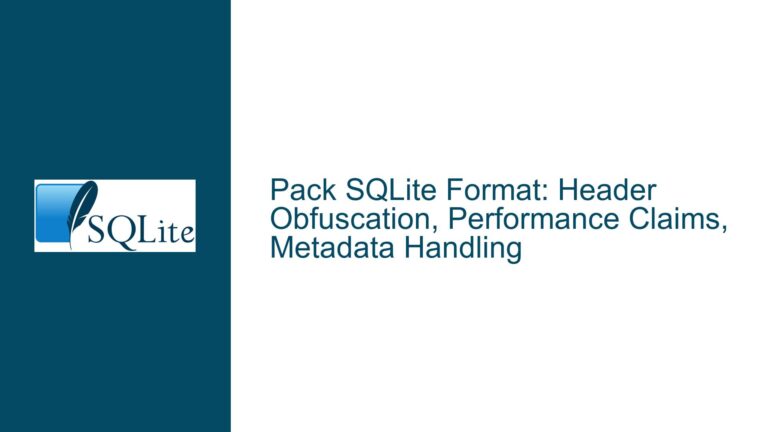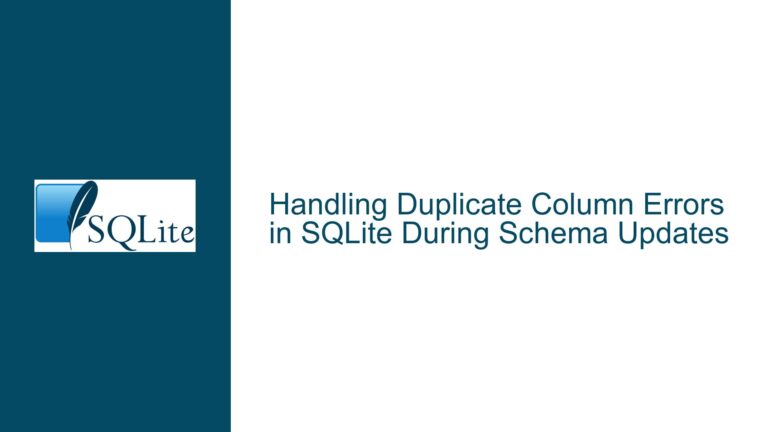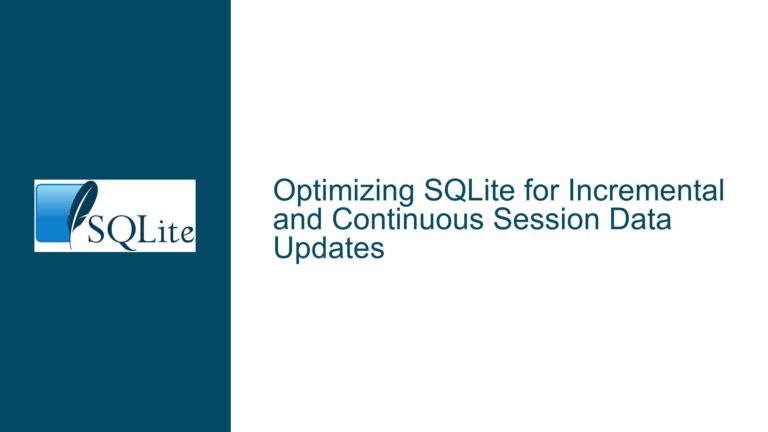Handling Edge Cases in a Toy Song Database Schema
Designing a Robust Schema for Music Data Storage
When designing a database schema for storing music-related data such as recording artists, albums, and songs, one of the most significant challenges is ensuring that the schema can handle a wide variety of edge cases. These edge cases often arise from the inherent complexity and variability of real-world data, particularly in the music industry. For instance, artist names can be entered in multiple formats (e.g., "First Last" or "Last, First"), and there may be numerous duplicates or inconsistencies in the data. Additionally, the schema must accommodate various types of relationships, such as collaborations between artists, multiple versions of the same song, and different releases of the same album.
The schema must be flexible enough to handle these complexities while maintaining data integrity and enabling efficient querying. This requires careful consideration of the relationships between entities, the normalization of data, and the implementation of constraints to prevent invalid data entry. Furthermore, the schema should be designed with future scalability in mind, allowing for the addition of new types of data (e.g., album art, lyrics, or streaming statistics) without requiring significant restructuring.
Common Pitfalls in Music Database Schemas
One of the most common pitfalls in designing a music database schema is underestimating the variability of artist names and song titles. For example, an artist might be known by multiple names (e.g., "Prince" vs. "The Artist Formerly Known as Prince"), or a song might have different titles in different regions or languages. This variability can lead to issues with data duplication and inconsistency, particularly if the schema does not include mechanisms for handling aliases or alternate names.
Another common issue is the handling of collaborations and featured artists. A song might be credited to a primary artist with additional contributions from one or more featured artists. If the schema does not account for these relationships, it can be difficult to accurately represent the data and query it effectively. Similarly, the schema must handle cases where an album is released in multiple formats (e.g., CD, vinyl, digital) or with different track listings in different regions.
Data entry errors are another significant challenge, particularly in databases that are populated manually. For example, staff members might enter artist names in different formats (e.g., "First Last" vs. "Last, First"), leading to inconsistencies that can complicate querying and reporting. Additionally, there may be issues with spelling errors, duplicate entries, or incomplete data, all of which can impact the quality and usability of the database.
Strategies for Building a Resilient Music Database Schema
To build a resilient music database schema, it is essential to start with a well-thought-out design that accounts for the various edge cases and complexities of music data. One effective strategy is to use a highly normalized schema, which separates data into multiple tables to reduce redundancy and improve data integrity. For example, you might have separate tables for artists, albums, songs, and album art, with foreign key relationships between them to represent the various associations.
To handle the variability of artist names and song titles, consider implementing a table for aliases or alternate names. This table could store the primary key of the artist or song along with the alternate name, allowing you to associate multiple names with a single entity. This approach can help reduce duplication and improve the accuracy of queries.
For collaborations and featured artists, you might use a many-to-many relationship between the artists and songs tables. This would allow you to associate multiple artists with a single song, with additional fields to indicate the role of each artist (e.g., primary artist, featured artist). Similarly, you could use a many-to-many relationship between albums and songs to handle cases where a song appears on multiple albums or in different versions.
To address data entry errors, consider implementing constraints and validation rules in the schema. For example, you could use unique constraints to prevent duplicate entries, and check constraints to enforce specific formatting rules (e.g., requiring artist names to be entered in a consistent format). Additionally, you might implement data cleansing routines to automatically correct common errors (e.g., standardizing the format of artist names) before the data is inserted into the database.
Finally, consider the future scalability of the schema. As new types of data are added (e.g., album art, lyrics, or streaming statistics), the schema should be able to accommodate these additions without requiring significant restructuring. This might involve using a flexible schema design, such as an entity-attribute-value (EAV) model, or implementing extension tables that can be added as needed.
By carefully considering these strategies and designing a schema that accounts for the various edge cases and complexities of music data, you can build a robust and resilient database that is capable of handling even the most challenging real-world scenarios.






